Aloha Tower
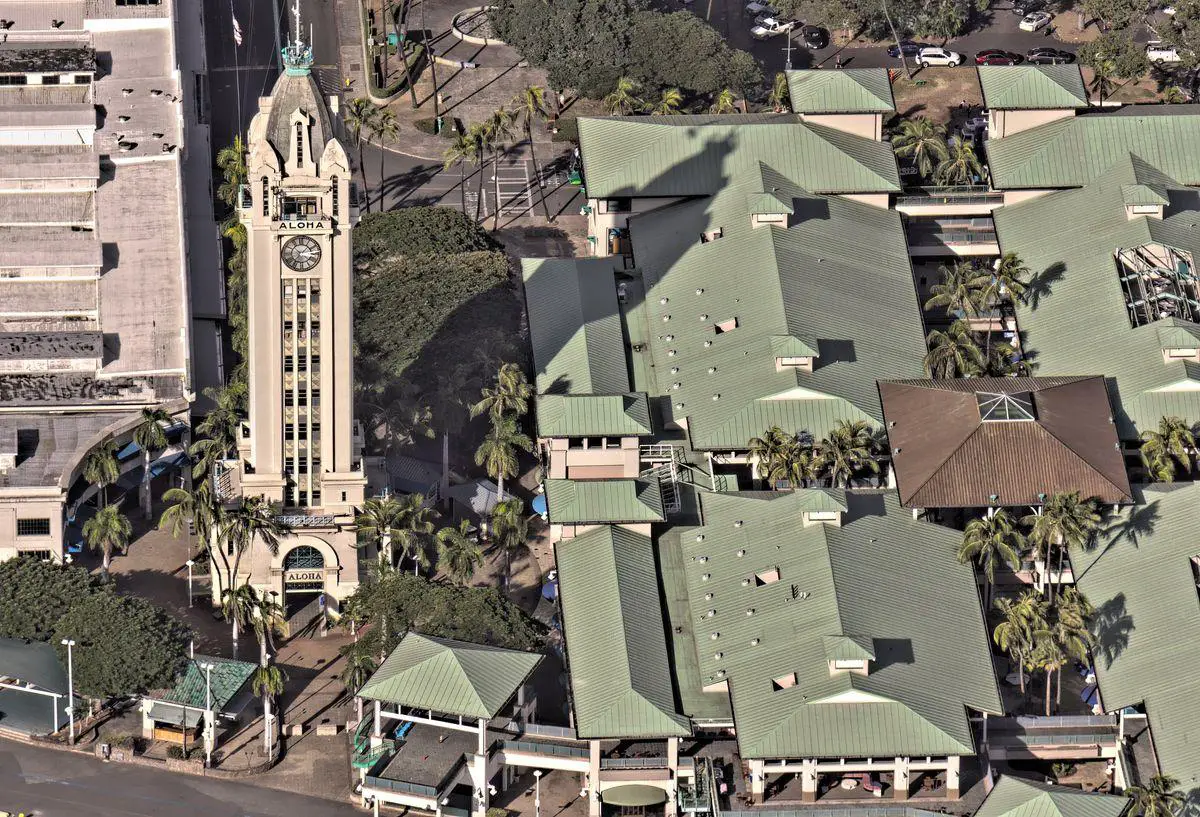
This unusual and beautiful lighthouse was built in Art Deco and Neo-Gothic style in 1925. It is 56 m high with additional 12 m tall flag mast.
Mount Waialeale
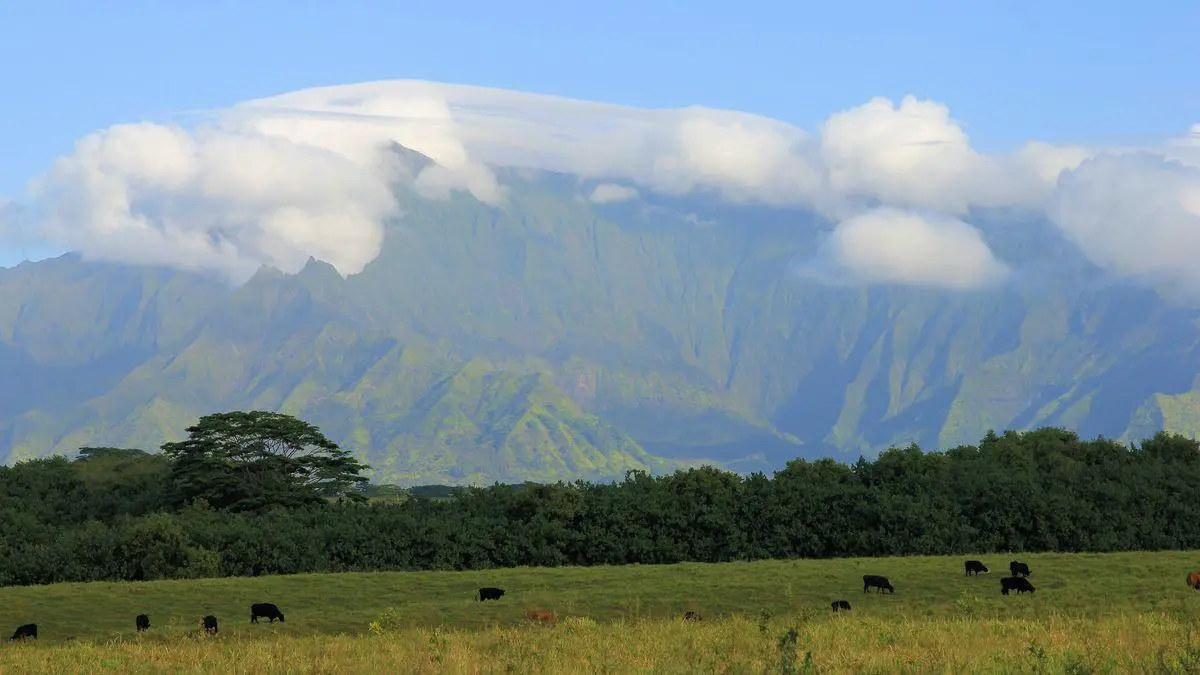
One of the wettest places on Earth with an average rainfall of 9,500 mm. Here has formed a swampy biotope with numerous unique species. Numerous waterfalls – Wai’ale’ale Falls – are falling along the 600 m high wall of the crater. There is a wetter place in Hawaii – Big Bog in Maui.
Ka’u Desert
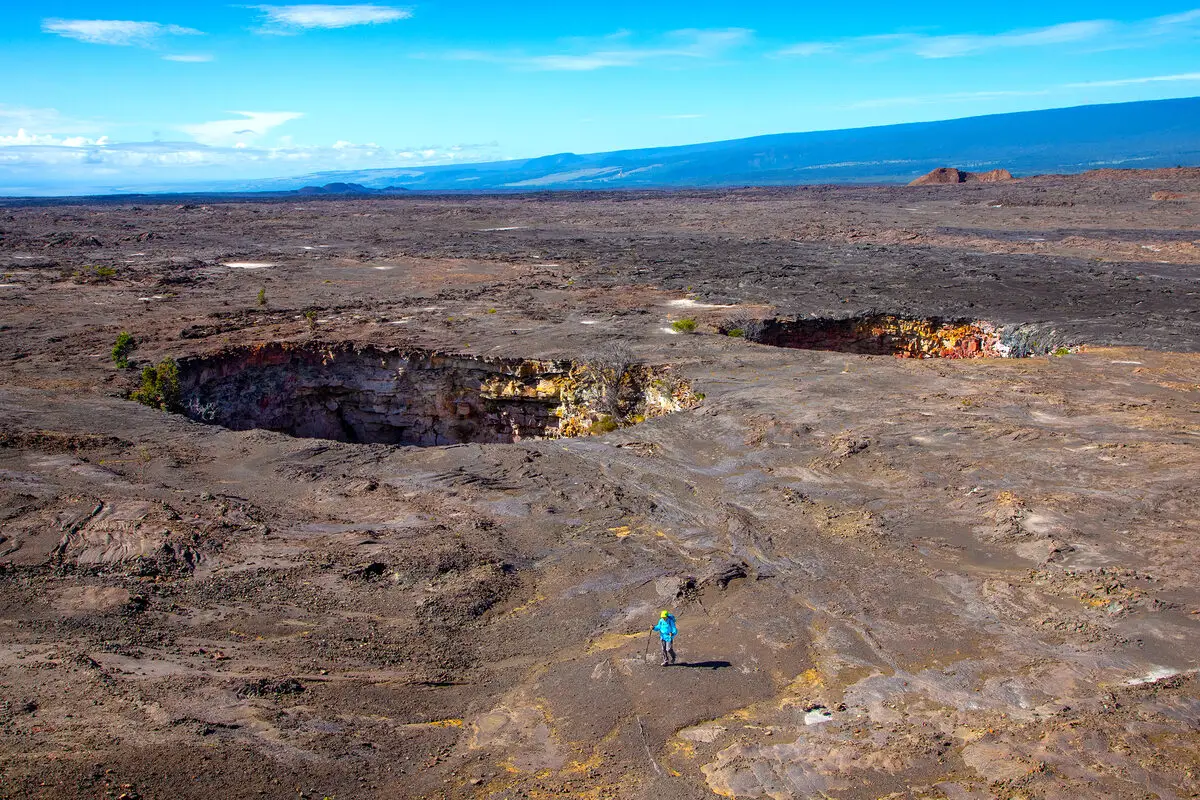
Unusual natural phenomenon: a desert of dried lava that is devoid of any vegetation. Although the rainfall here exceeds 1,000 mm per year, the rain is acid due to nearby volcanic vents and this eliminates any plants. Often the area becomes dangerous due to poisonous gas blows.
Halona Blowhole
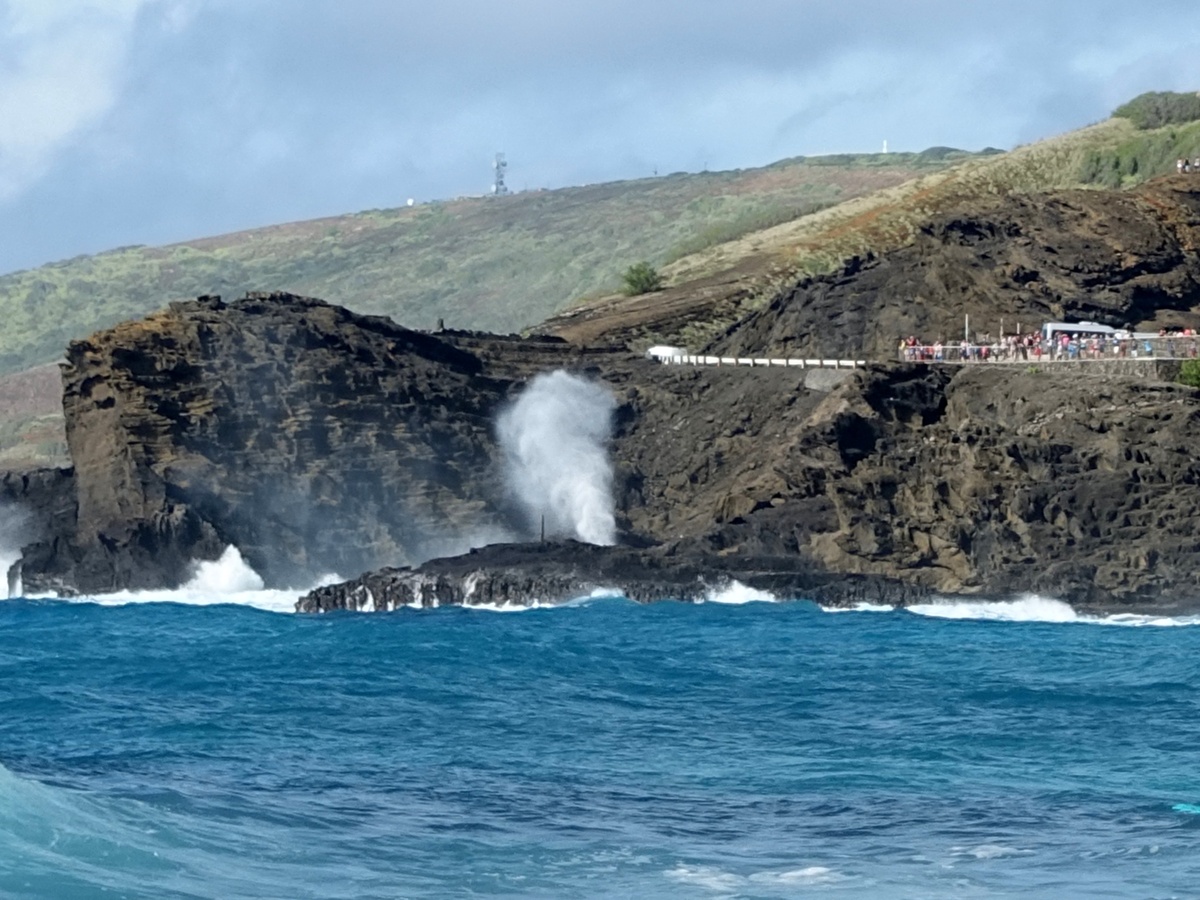
Powerful, visually very impressive blowhole that has formed in volcanic rocks. It is especially high – up to 9-10 m – at high tide and on windy days.
Nihoa Island
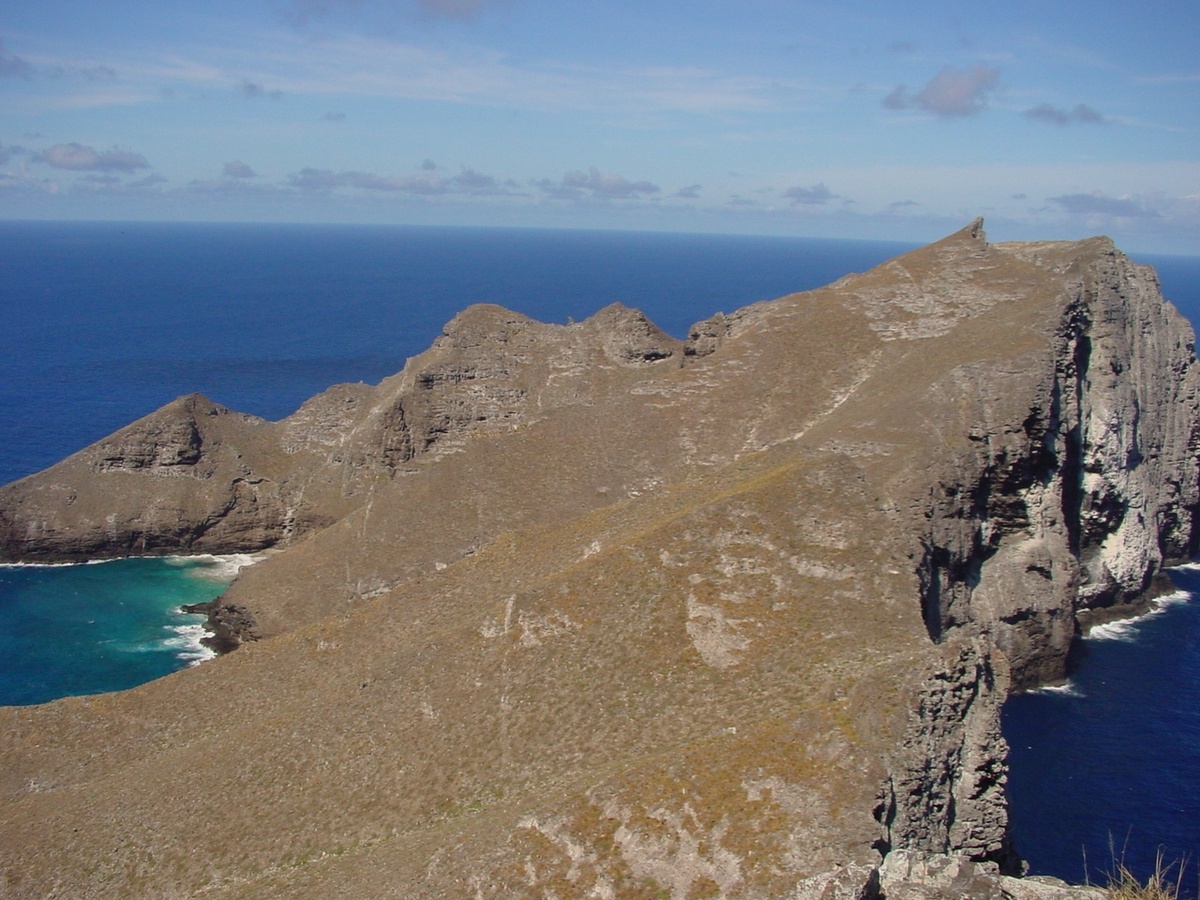
70 ha large island with its own palm species, several endemic bird species, flowers and giant crickets.
Laysan Island
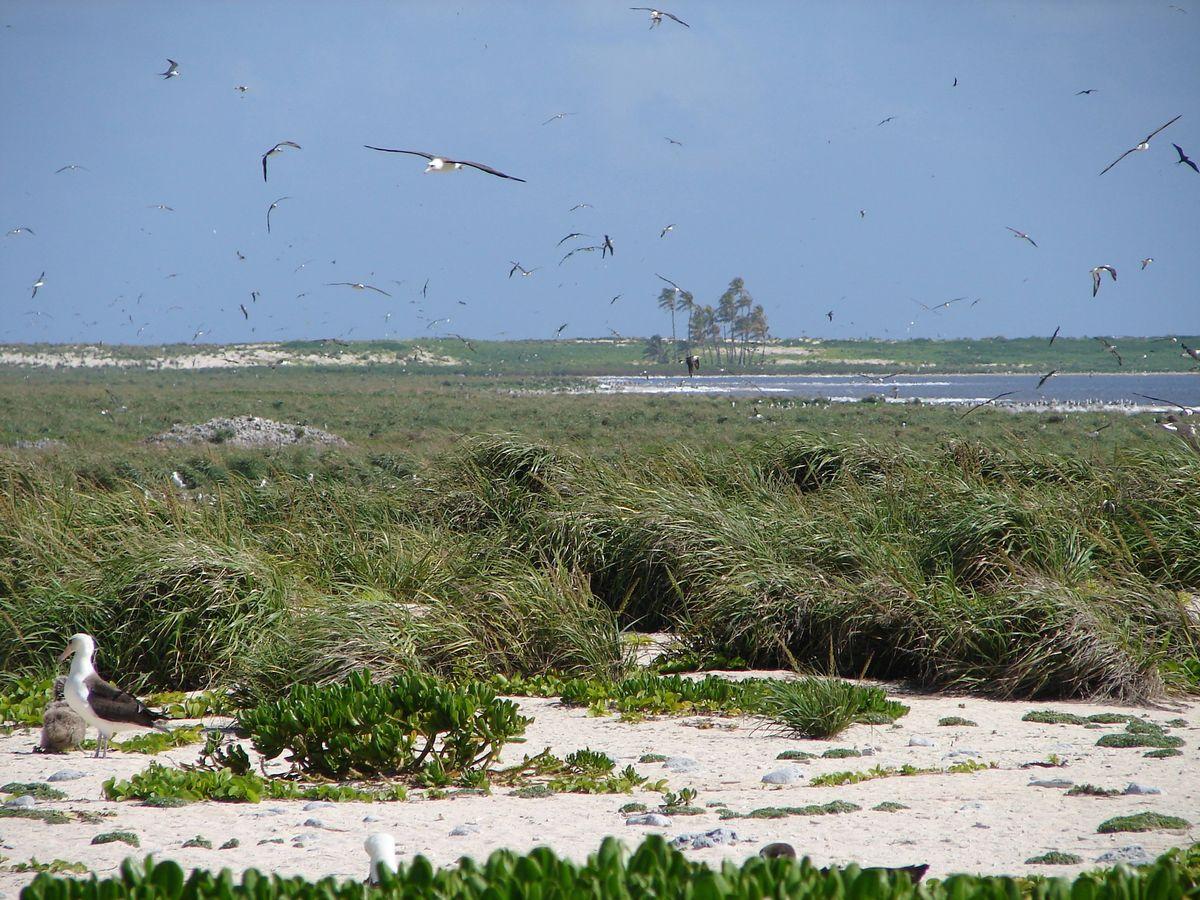
This small, remote island has a hypersaline lake in its central part and endemic species of animals and plants including endemic duck and finch.
Kure Atoll
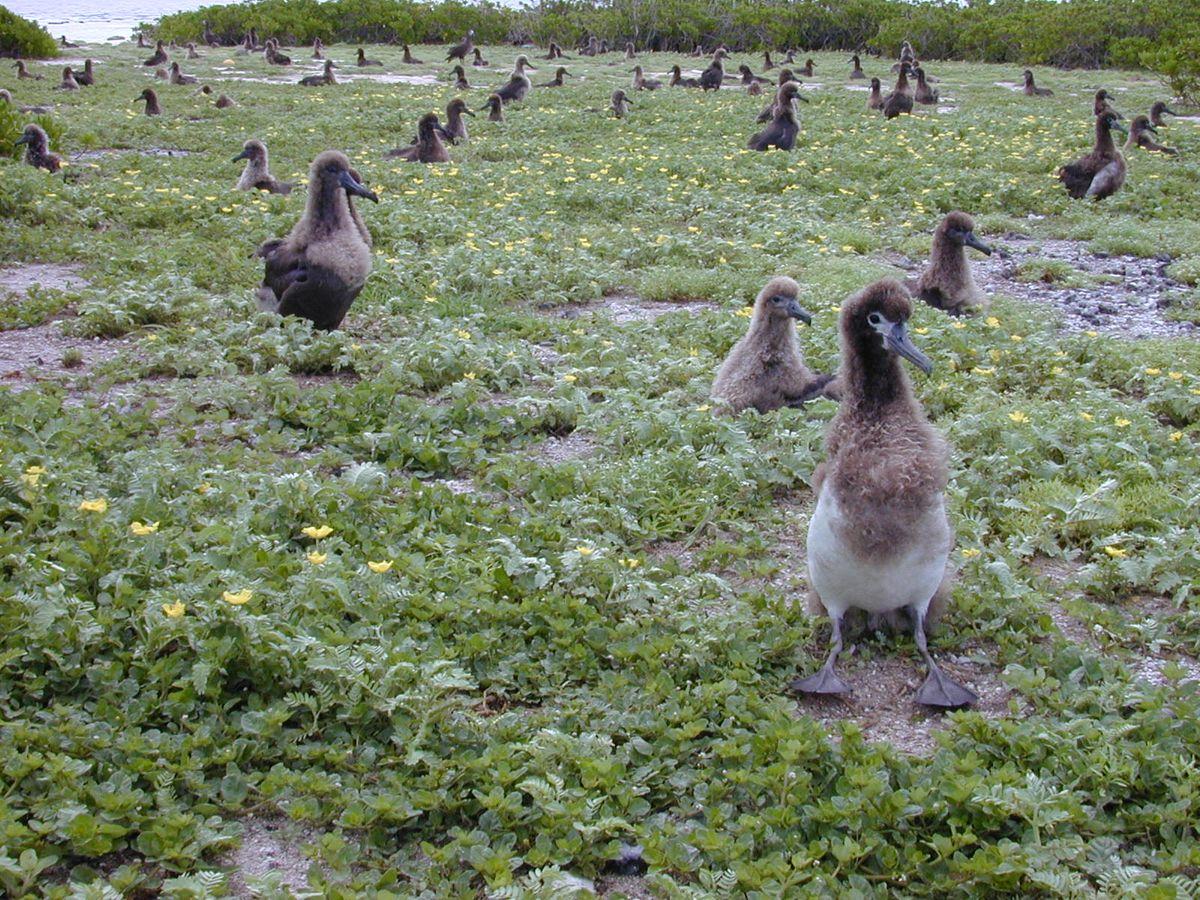
The northernmost coral atoll in the world. The only island – Green Island – is a habitat for hundreds of thousands of birds.
Haleakala silversword grove
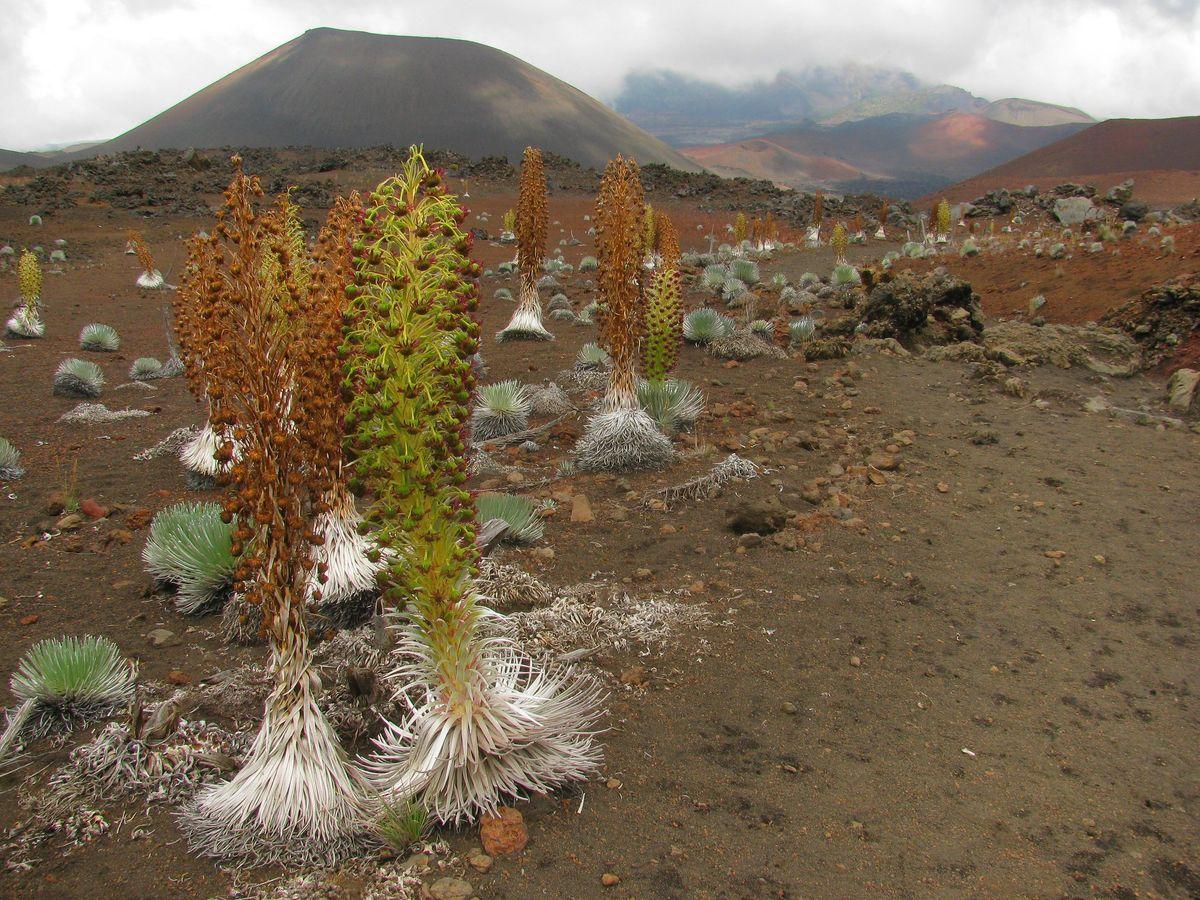
This plant – Argyroxiphium sandwicense subsp. macrocephalum – grows only in the alpine desert on the top of the Haleakalā volcano. This unusual succulent plant grows up to 2 meters tall and flowers once per 15 – 50 years.
Makauwahi Cave
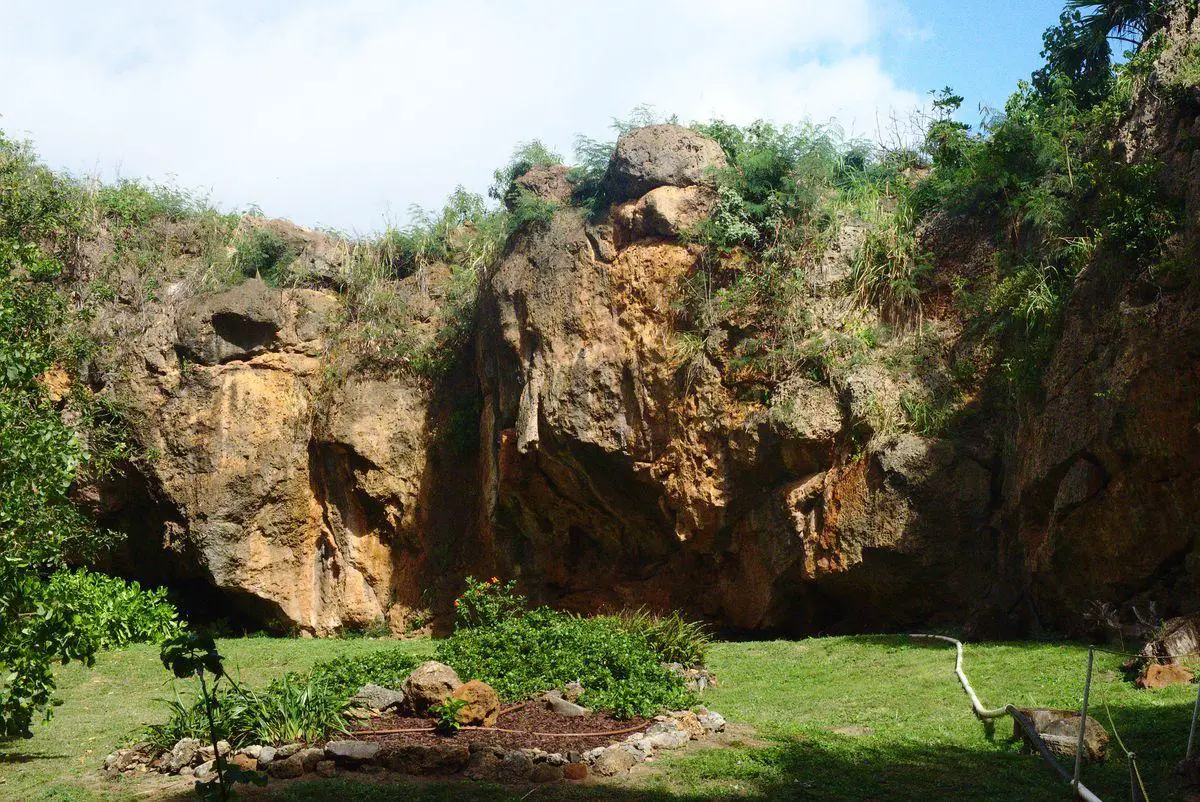
The largest limestone cave in Hawaii, the richest fossil finds in the Pacific. Graveyard of ancient Hawaiians. The cave contains a sinkhole with a lake. This lake contains a 10,000 years-long history of sedimentation thus providing a very detailed and precise timeline of a natural evolution in Hawai’i. Here have been found remnants of numerous species of extinct birds.
Kazumura Cave
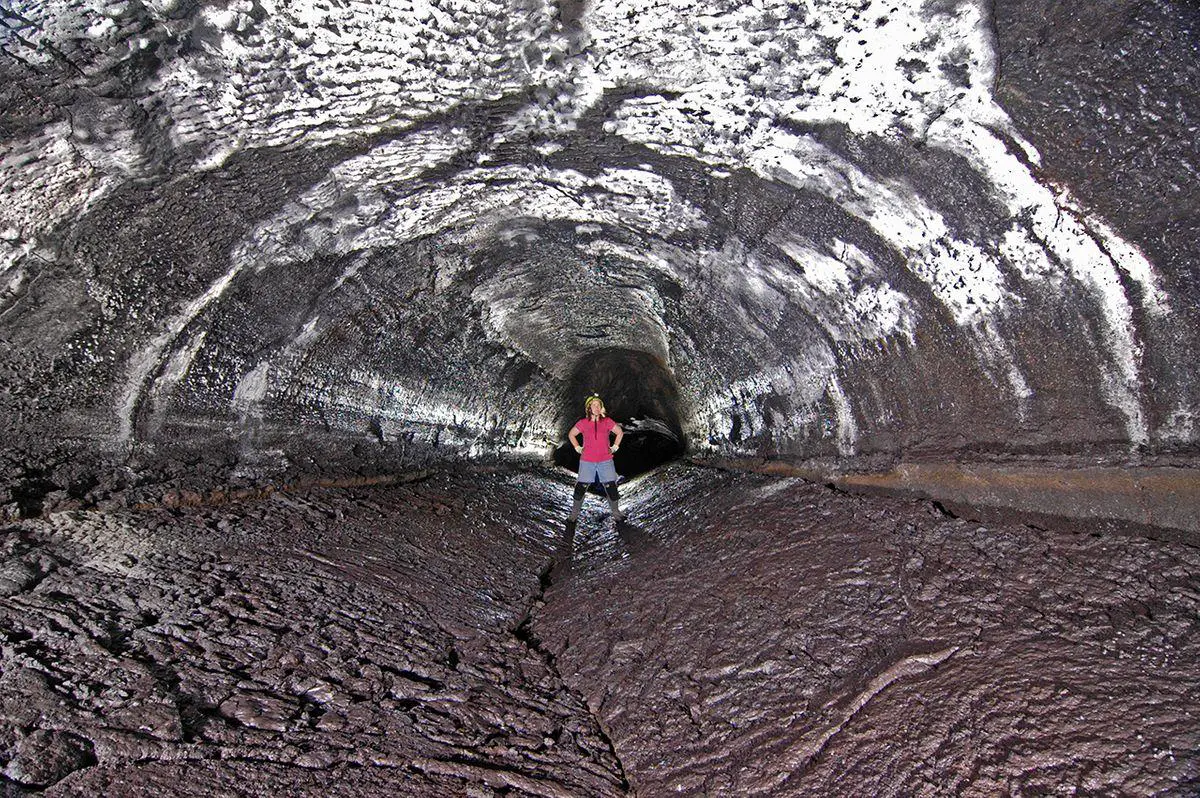
The longest lava tube in the world, 65.5 km long and up to 1,102 m deep.
